A guide to fence ownership and responsibilities

Who owns the fence that surrounds your property? And who’s responsible for repairing it if it blows down after a storm? These are just a couple of questions that may have crossed your mind if there’s a fence separating your property from your neighbour’s.
In this guide, we’ll explore everything you need to know about fence ownership so you can avoid arguments with the family next door.
Boundary fence ownership in the UK at a glance
There are plenty of myths surrounding boundary fence ownership laws. But despite what you might have heard, there’s no set ‘side of the fence’ to tell you who it’s owned by.
Who owns a boundary fence?
The best way to determine who owns a boundary fence is to examine the deeds and title plan for your property.
You should have received a copy of the title deeds when you bought your home. But if you can’t find them, you can get a copy from the Land Registry.
The plan will clearly outline the boundaries around your property. You may also notice a “T” on one side of the border. This symbol indicates who is responsible for any maintenance that may need to take place.
If it happens to be found on both sides of the boundary (which can look like a “H”), this suggests that both parties (you and your neighbour) will need to carry out any maintenance tasks jointly.
However, there are times when no symbols are present. This is when garden fence ownership can become a bit tricky.
What is the rule of thumb for fence ownership if it doesn’t say on the deeds?
If you installed the fence in the first place or have maintained it, the chances are high that you will be legally liable for any future upkeep – or for replacing it if there are safety issues.
To put it simply, any individual who has taken the time to look after the fence will usually be held responsible for any issues that arise.
For example, your neighbour might have to make repairs if they’ve previously taken care of the fence—even if the structure is located on your side of the boundary!
Who can alter a fence?
Modifying a boundary fence will often come down to the issue of responsibility.
If your neighbour is legally responsible for maintaining the fence, you’ll need to ask permission before making any alterations, including hanging things on it or painting your side of it.
Likewise, if you normally maintain the fence, your neighbour should speak to you before making any changes.
Common myths surrounding fence ownership rules in the UK
As we’ve mentioned before, there are plenty of misconceptions surrounding fence ownership. Here are some of the common myths you may have stumbled across.
The good side of the fence
It’s a common belief that you can tell who owns a fence by looking at which side faces into your garden. Fences typically have a ‘good’ side without rails and a ‘bad’ side with rails.
Often, if you own a fence, you’ll place it so that your neighbour gets the ‘good’ side. That way, there won’t be any rails for anyone to use to climb into your garden.
Your other neighbour may then give you the ‘good’ side of their fence. So, everyone ends up with a ‘good’ and ‘bad’ side in their garden.
However, while looking at a boundary fence might give you a clue as to who owns it, there isn’t actually any law stating who should get which side. In fact, you can even get double-sided panels which have the rails concealed within them.
Ultimately, it’s not safe to rely on ‘good’ or ‘bad’ sides as an indication of ownership. You should always check legal documents to be sure.
Left or right fence ownership
Similarly, many people believe that, when you look at your garden, the fence on the left is your responsibility and the fence on the right is your neighbour’s.
This might offer you a clue, but again, there’s no rule about who’s responsible for the fence on the left or right side of your property.
Instead, responsibility for the fence will normally involve who has taken care of it in the past. The only time when this is not the case is when a Land Registry document contains a “T” on a specific side of the boundary (or on both sides).
Land Registry always shows fence ownership
Another common misconception is that title deeds will always dictate who is responsible for the upkeep and maintenance of a boundary. This isn’t always the case.
Boundary ownership doesn’t have to be clarified in title deeds in England and Wales, although there are different rules in Scotland and Northern Ireland.
Luckily, the deeds of most modern properties will show boundary fence ownership. It’s usually only an issue when it comes to older deeds.
How to handle disputes arising from boundary fence ownership
Worried about issues like maintenance or alterations? It’s a good idea to meet with your neighbour to see if you can informally come to an agreement.
Normally, this is the quickest and easiest way for everyone to find an agreeable solution.
However, if you can’t resolve a dispute alone, don’t panic. You can get a boundary surveyor or solicitor involved to help you reach a boundary agreement with your neighbours.
A boundary agreement will state who is responsible for maintaining and repairing boundary fences, and you can apply to have it recorded on the Land Registry.
If an existing boundary agreement exists but you think it contains a mistake, you can also apply to the Land Registry to have it changed.
Enter your postcode into the search box below to find a surveyor who can help you settle your boundary dispute.
FAQs
Which fence is mine left or right?
It’s a common belief that the fence on the left side of your property belongs to you, while the fence on the right-hand side belongs to your neighbour. But this isn’t the case at all.
Although the position of your fence might indicate who owns it, the only way to know for sure is to check your property’s deeds.
Which side of the fence is the owner’s responsibility?
Many people believe you can tell who owns a fence by looking at who has the ‘good’ side facing into their garden.
Often, the ‘bad’ side of the fence will face into the owner’s garden. However, there are no laws that state who should have which side, so this isn’t a reliable way of determining fence ownership.
Whose responsibility is it to replace a shared fence?
If a fence is jointly owned between you and your neighbour, this means you’re jointly responsible for maintaining it.
How do you prove who owns a fence?
The best way to prove who owns a fence is to find details of ownership in the property deeds. That said, even Land Registry documents can be misleading.
In the past, there have been cases where one party has maintained a fence for so long that they’ve become legally responsible for maintaining it, despite Land Registry documents saying otherwise. Although very rare and hard to prove, cases like this aren’t unheard of.
Does Land Registry show fence ownership?
Yes, Land Registry often shows fence ownership in the title deeds. That said, there is no obligation to in England and Wales. So, there will be cases where boundary fence ownership isn’t stated on the title deeds, especially when it comes to older properties.
How is fence ownership shown on deeds?
On deeds, fence ownership is shown with a “T” mark. If the “T” is marked on your side of the boundary then the boundary belongs to you and you’re responsible for its upkeep. But if it’s marked on your neighbour’s side, then they are the responsible party.
If you notice a “T” on both sides of the boundary – which looks like a “H” – then this means you jointly own the boundary and are both responsible for maintaining it.
Which fence is mine in the back garden UK?
To find out which fence is yours, you’ll need to dig out the deeds and title plan for your property. Hopefully, this will show who owns which boundary.
If the information isn’t marked on your property’s deeds, whoever has previously made a point to maintain the fence will usually be held responsible for any issues that crop up.
What are the laws on fencing between neighbours?
Legally, there’s no need to have fencing between neighbours. This can make it hard to force your neighbour to repair or replace a fence that they’re responsible for.
As a general rule, you only need to put up fencing in specific circumstances – like if you live next to a railway or your deeds require you to.
If you’re struggling to solve a boundary dispute with a neighbour, contact a boundary surveyor for help.
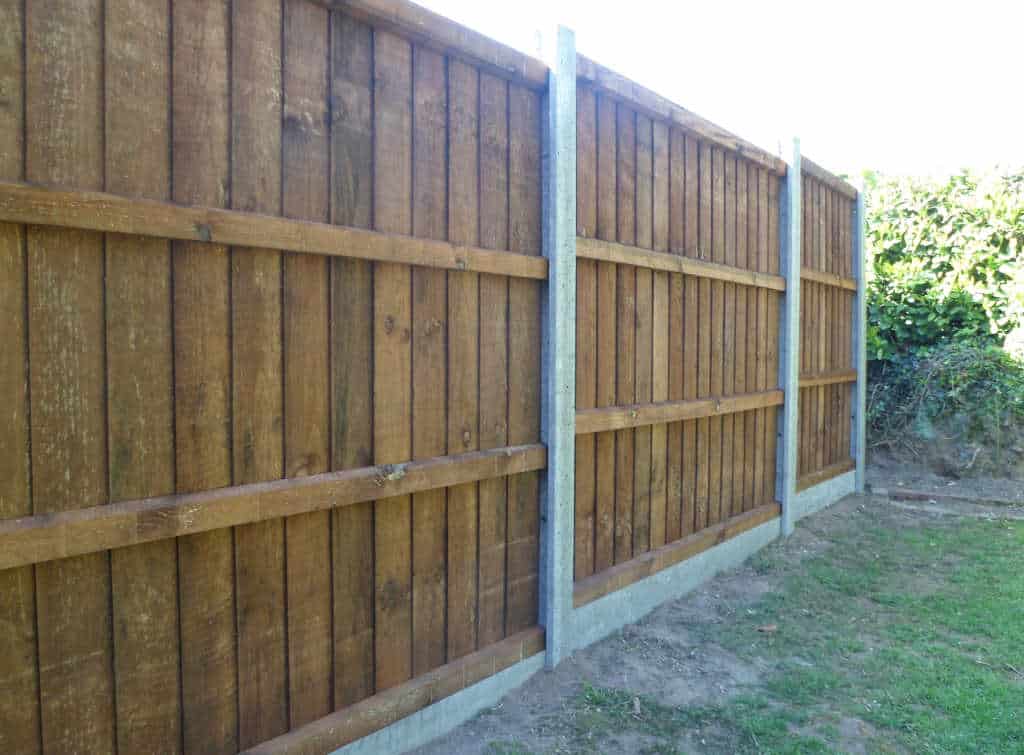
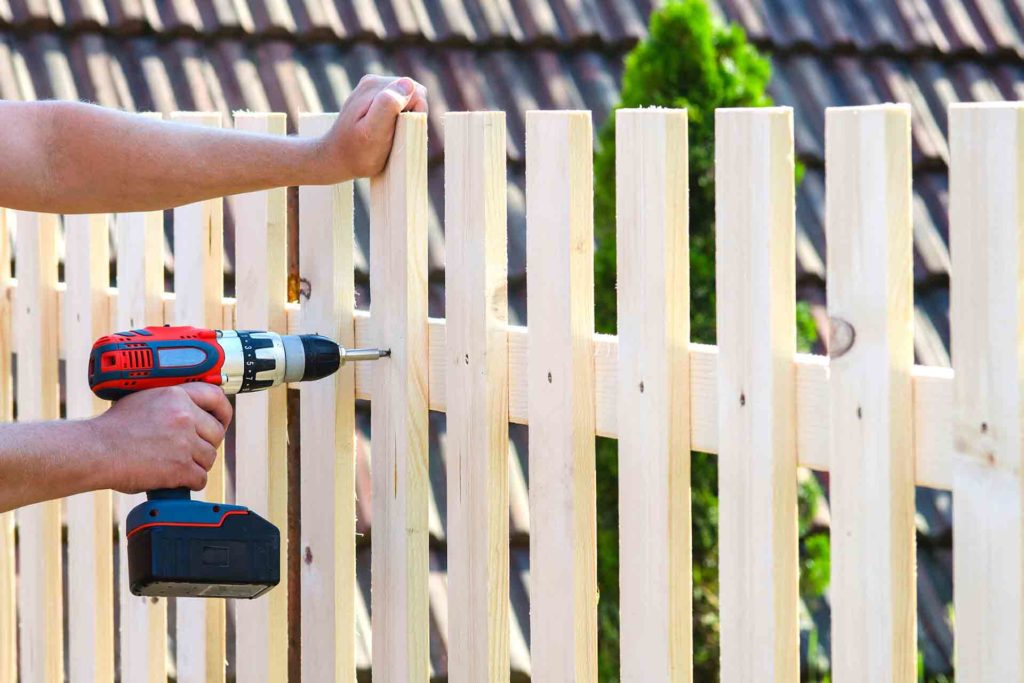
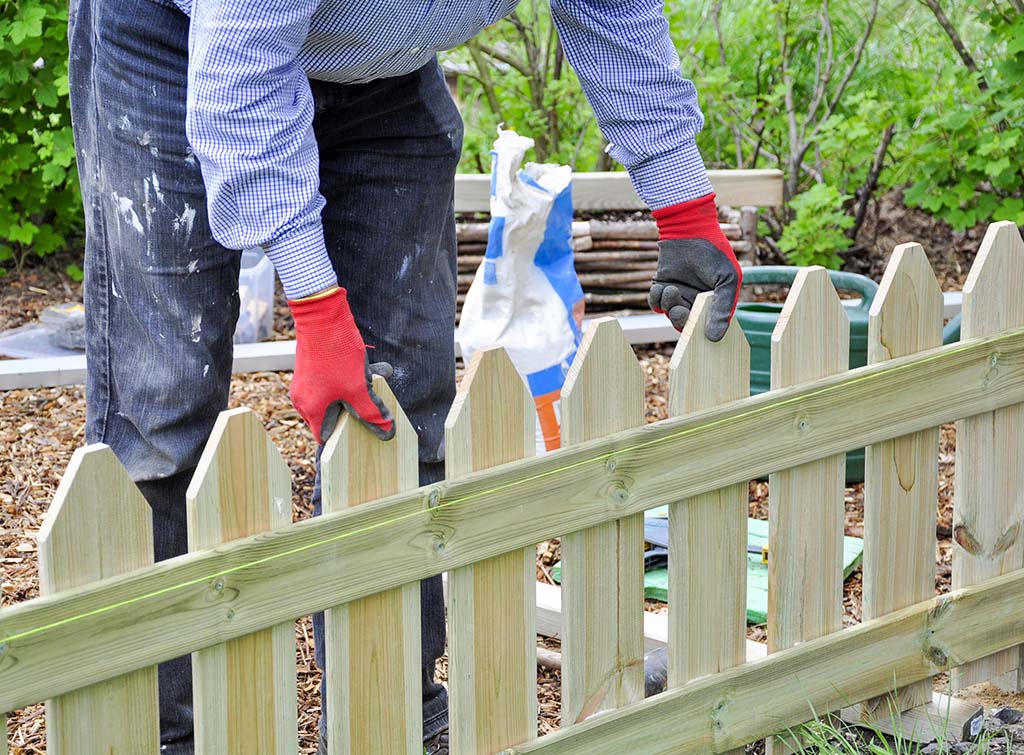
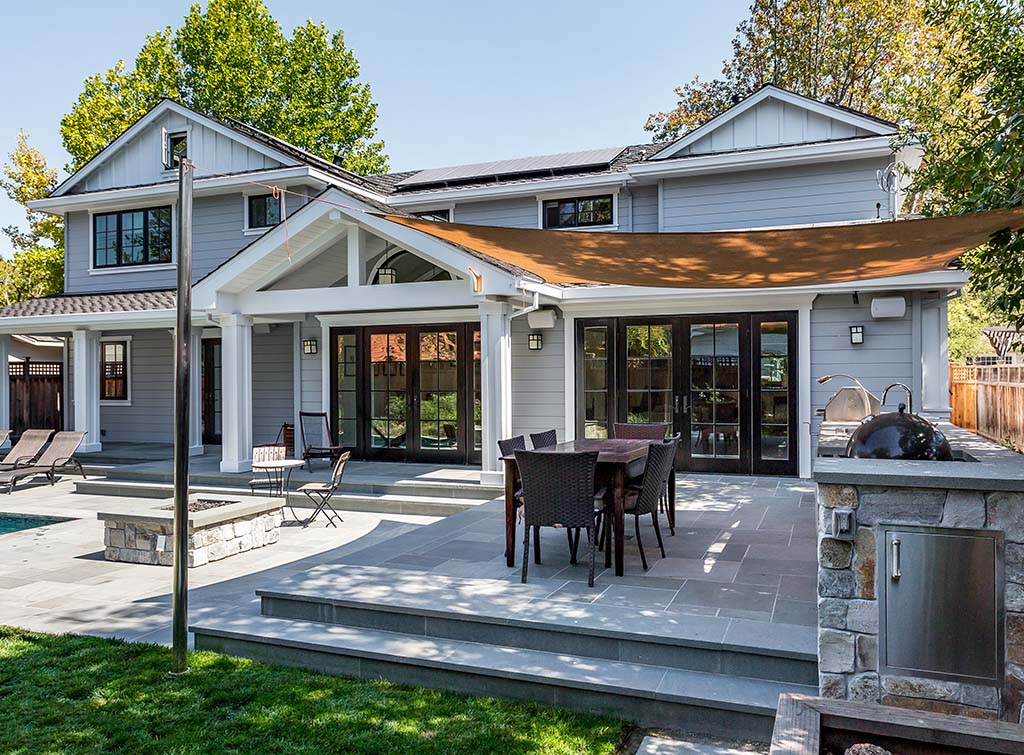
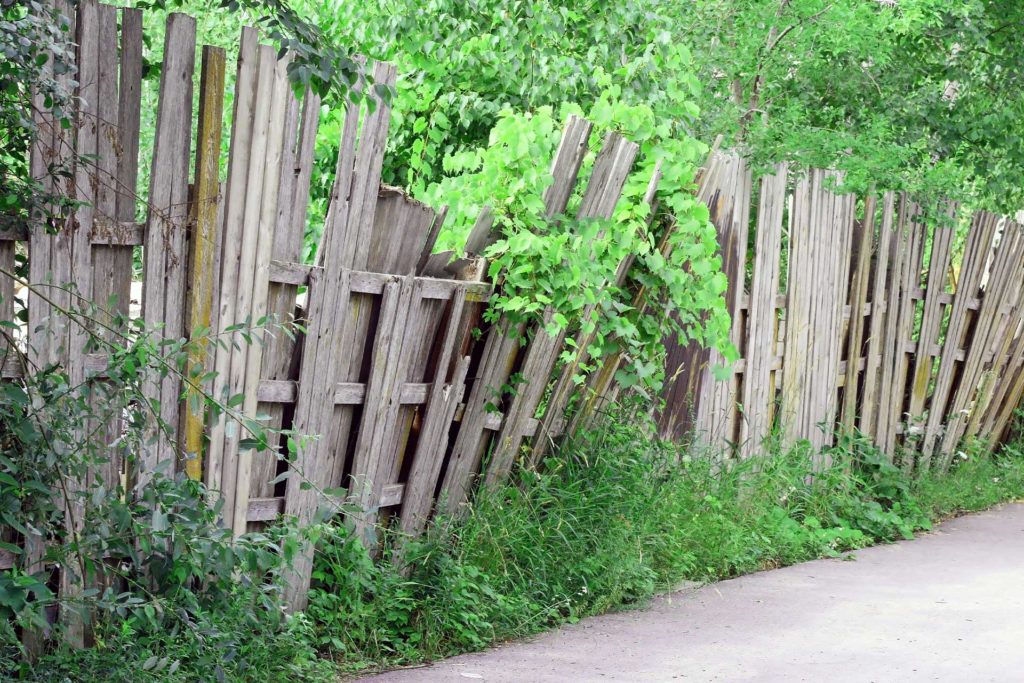
No comments yet!